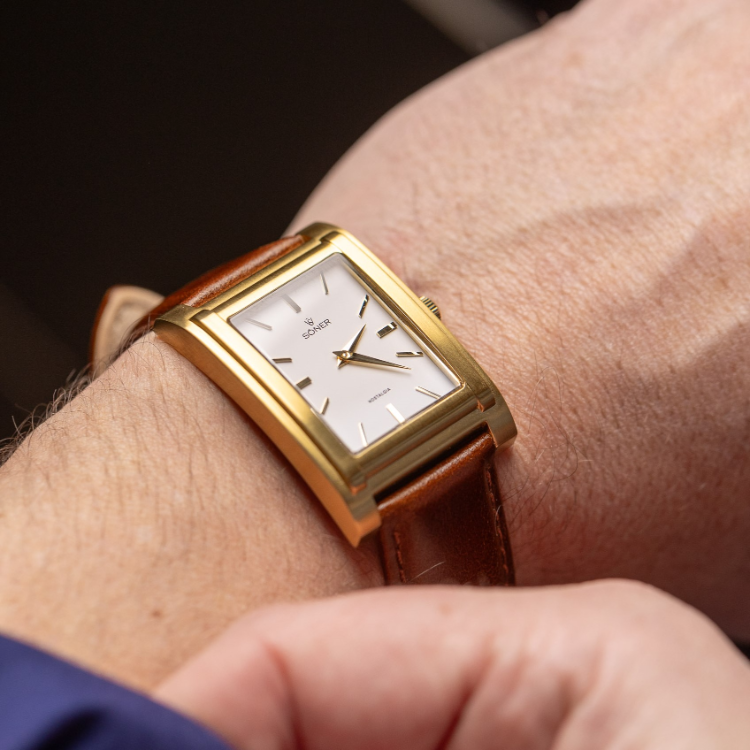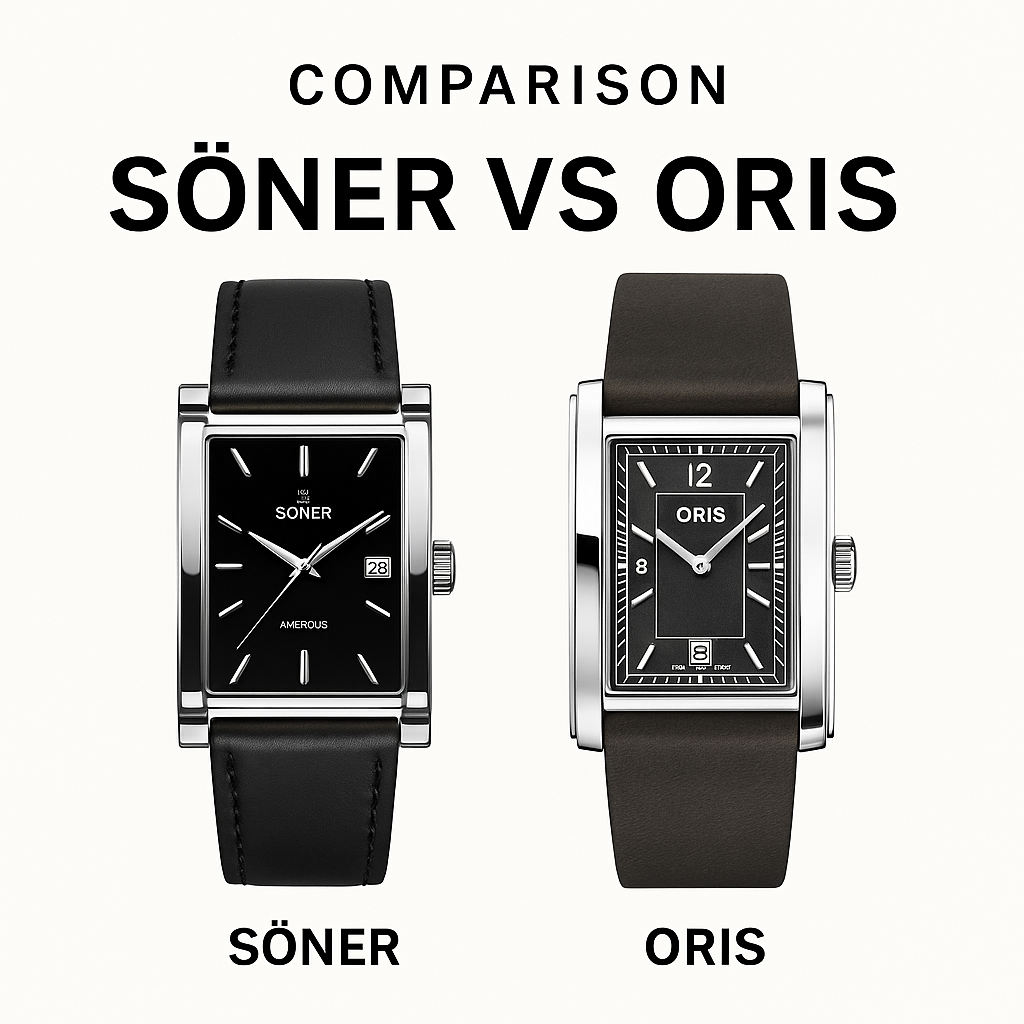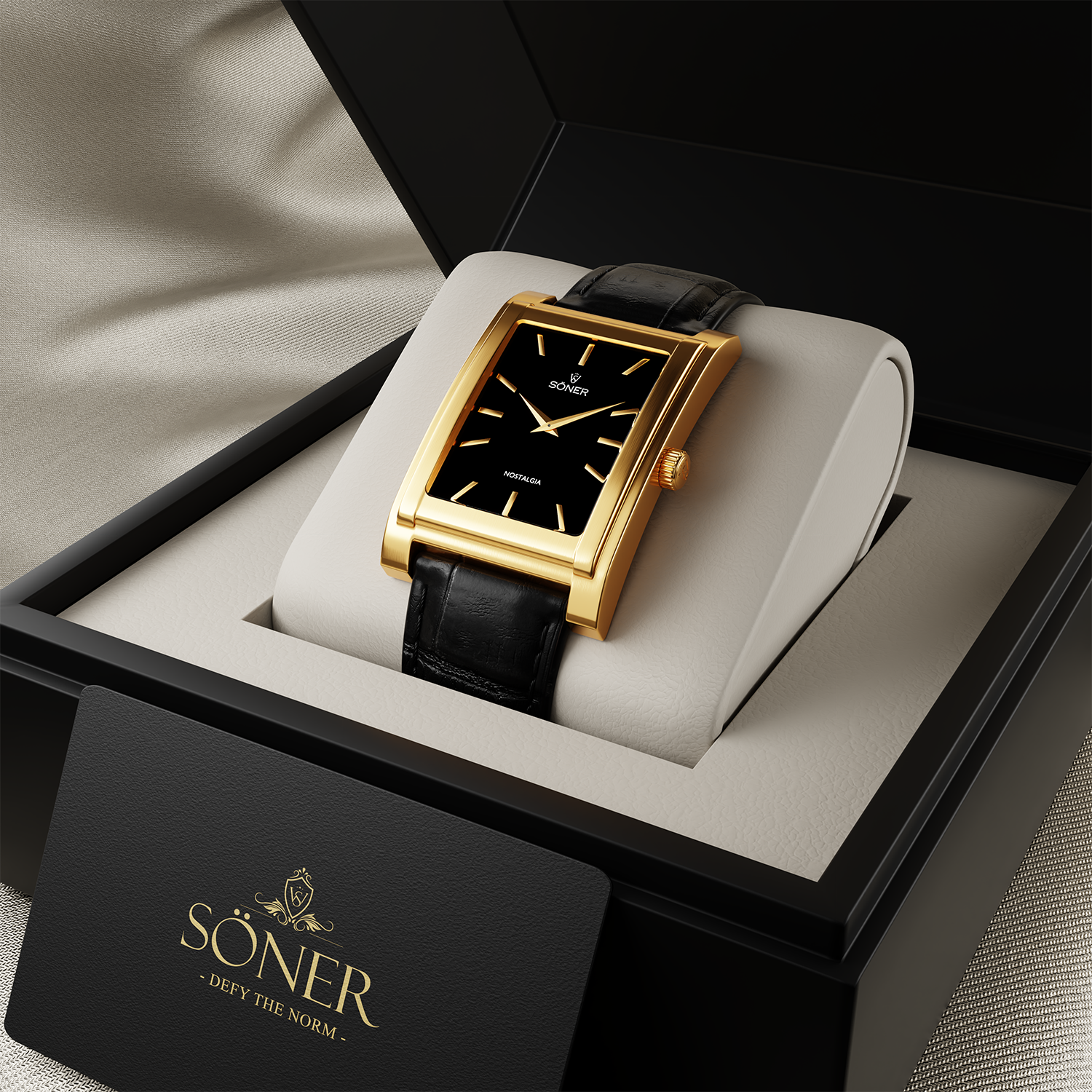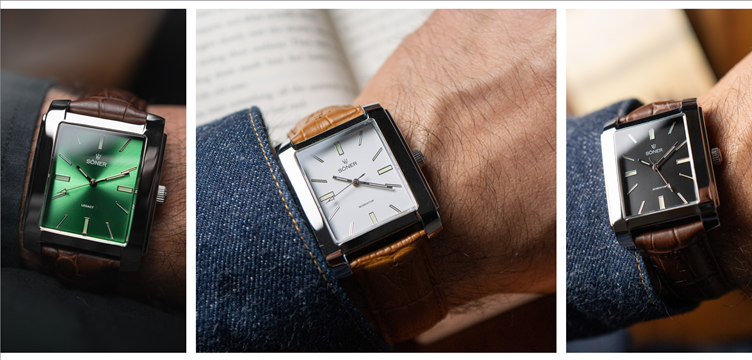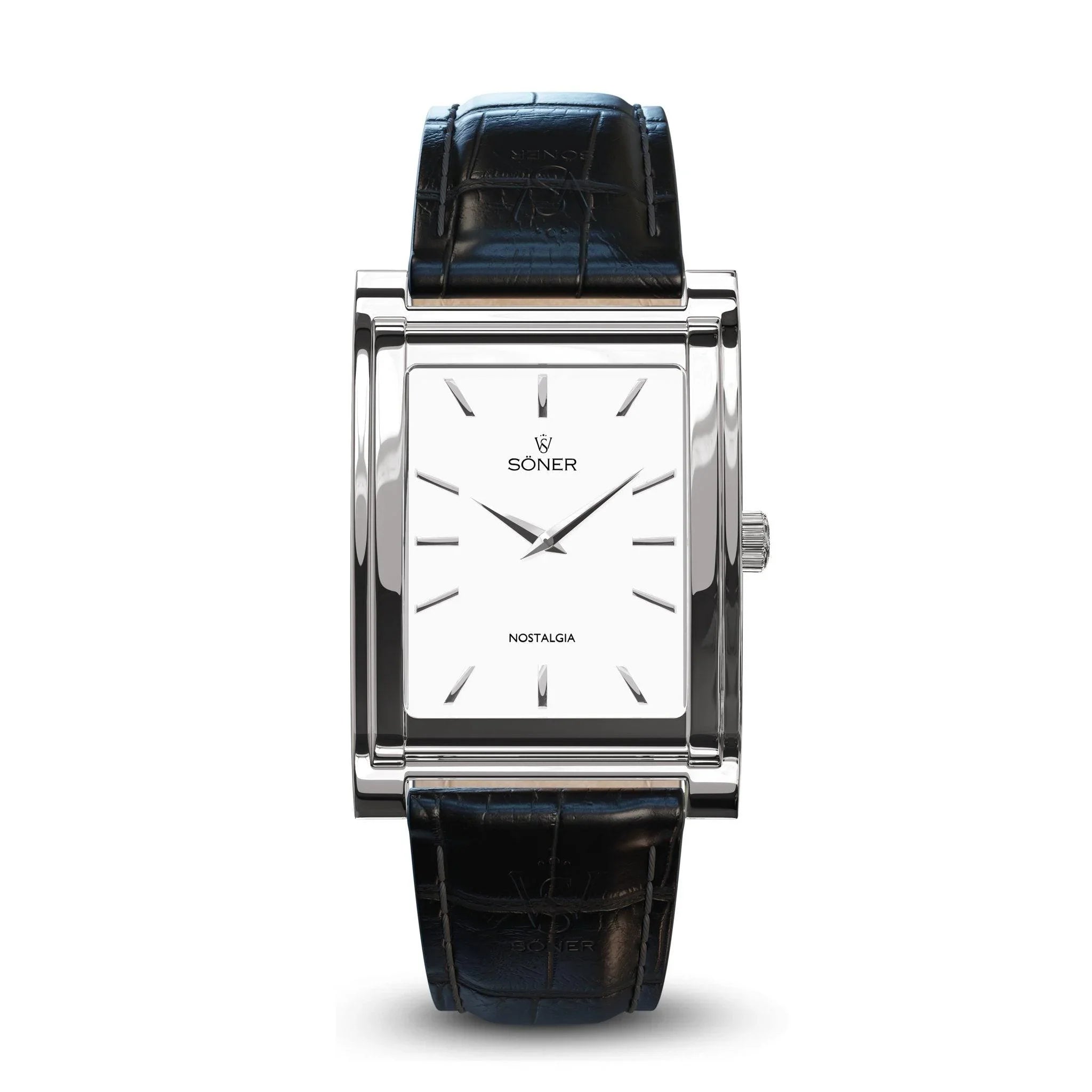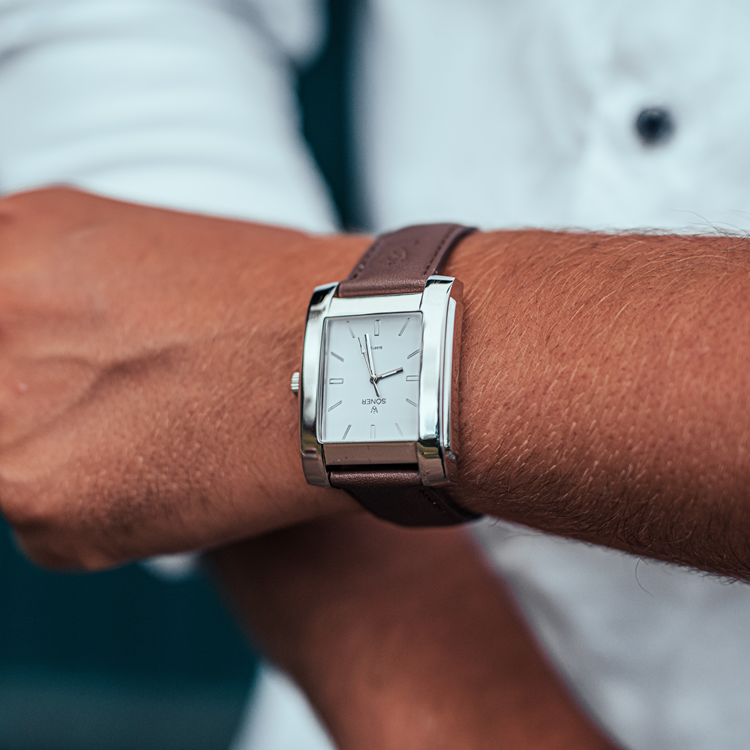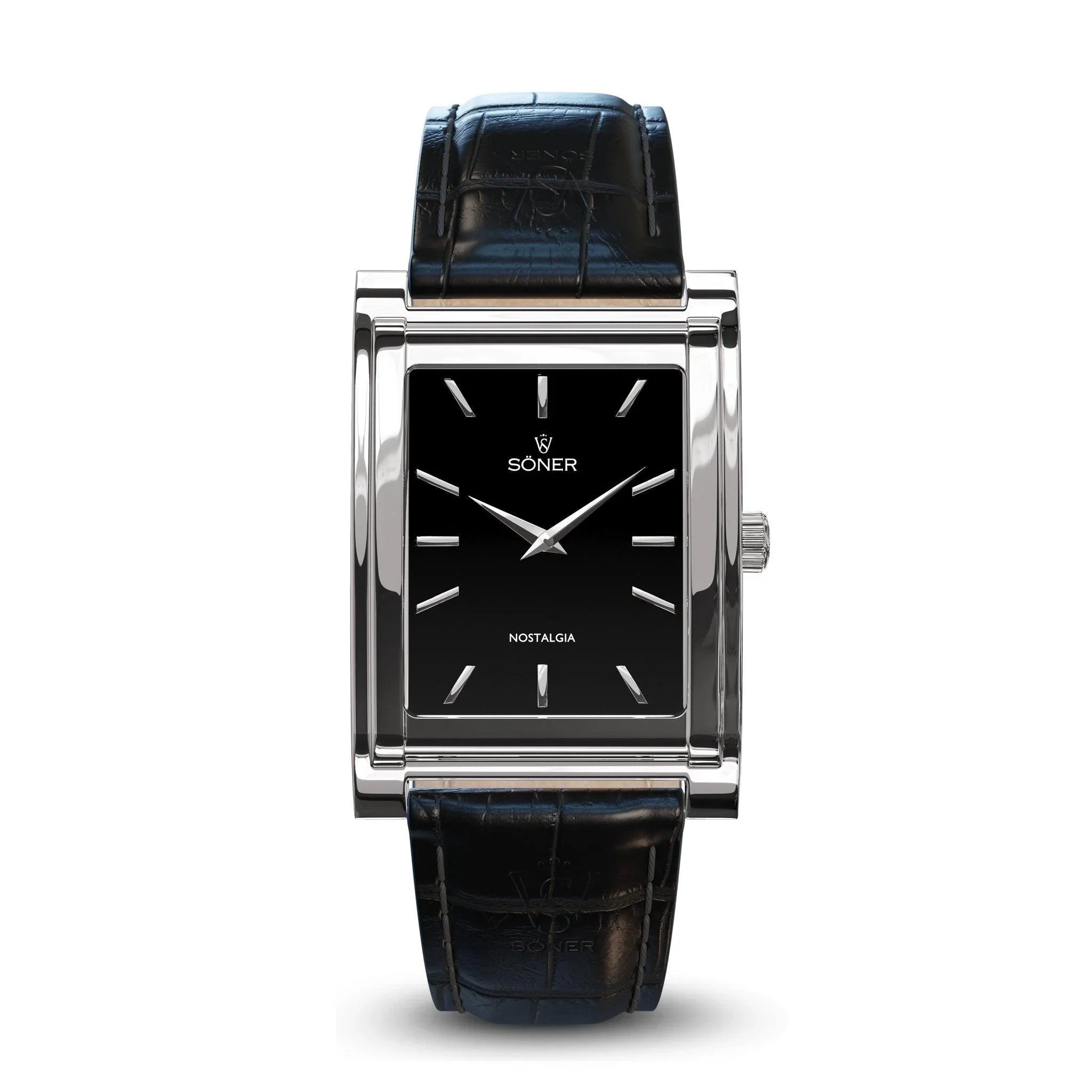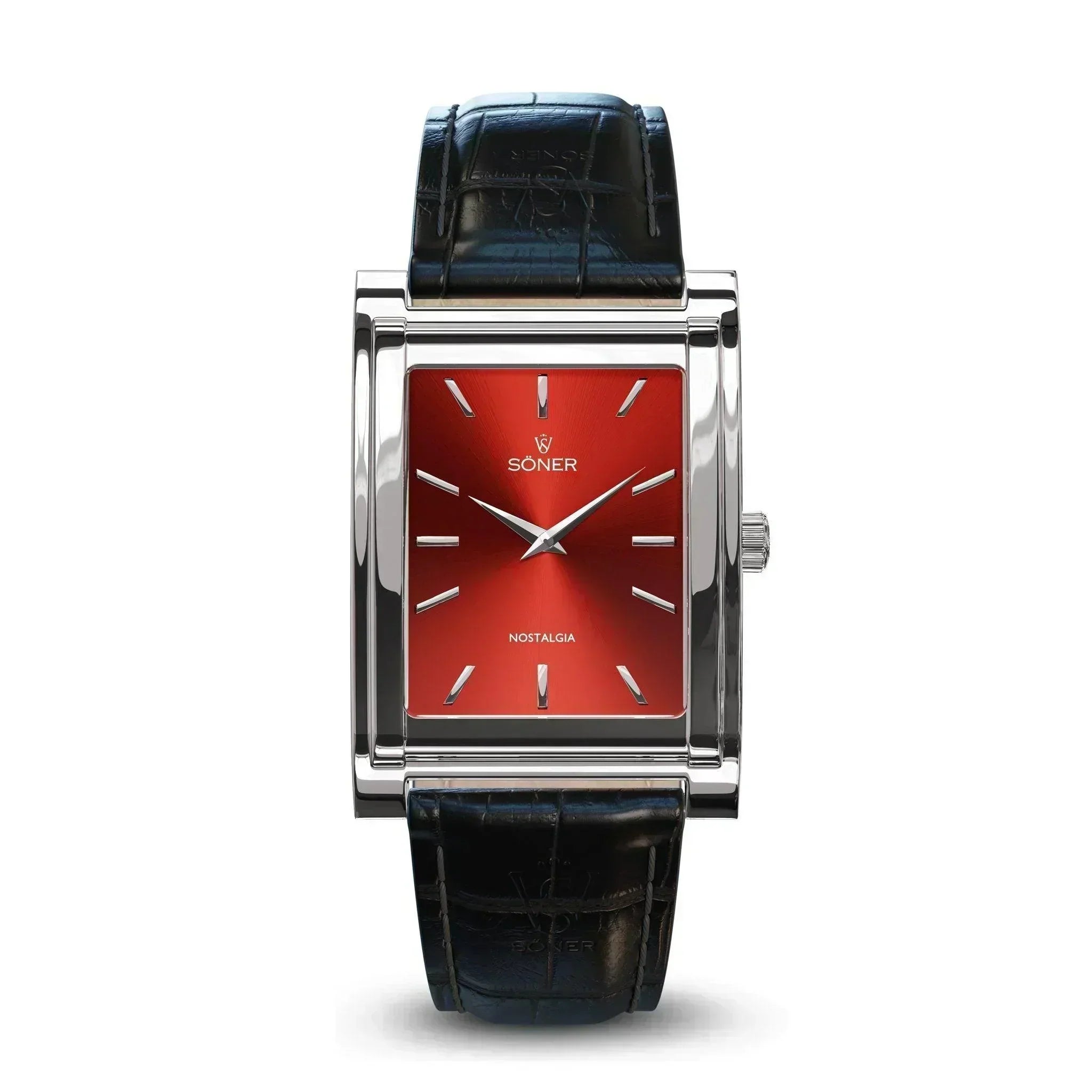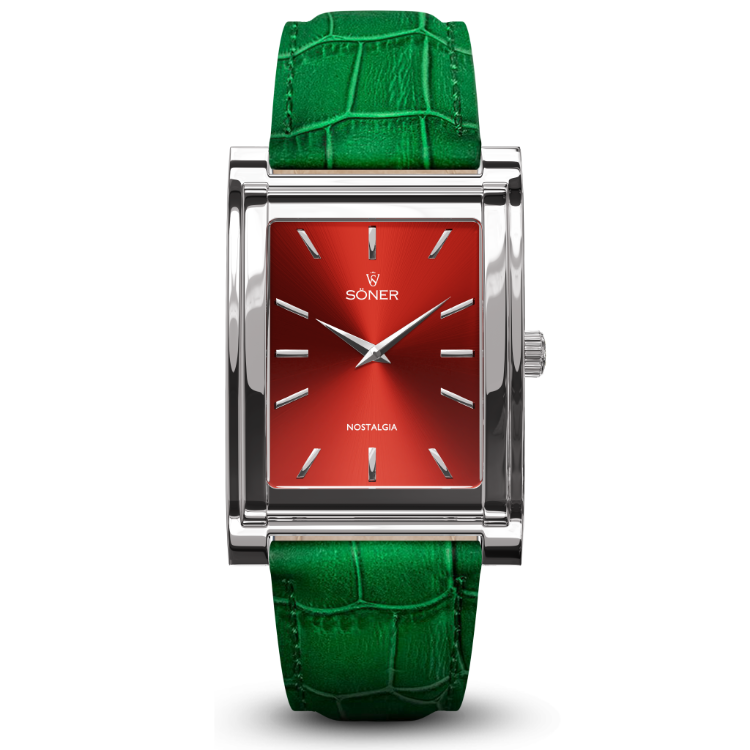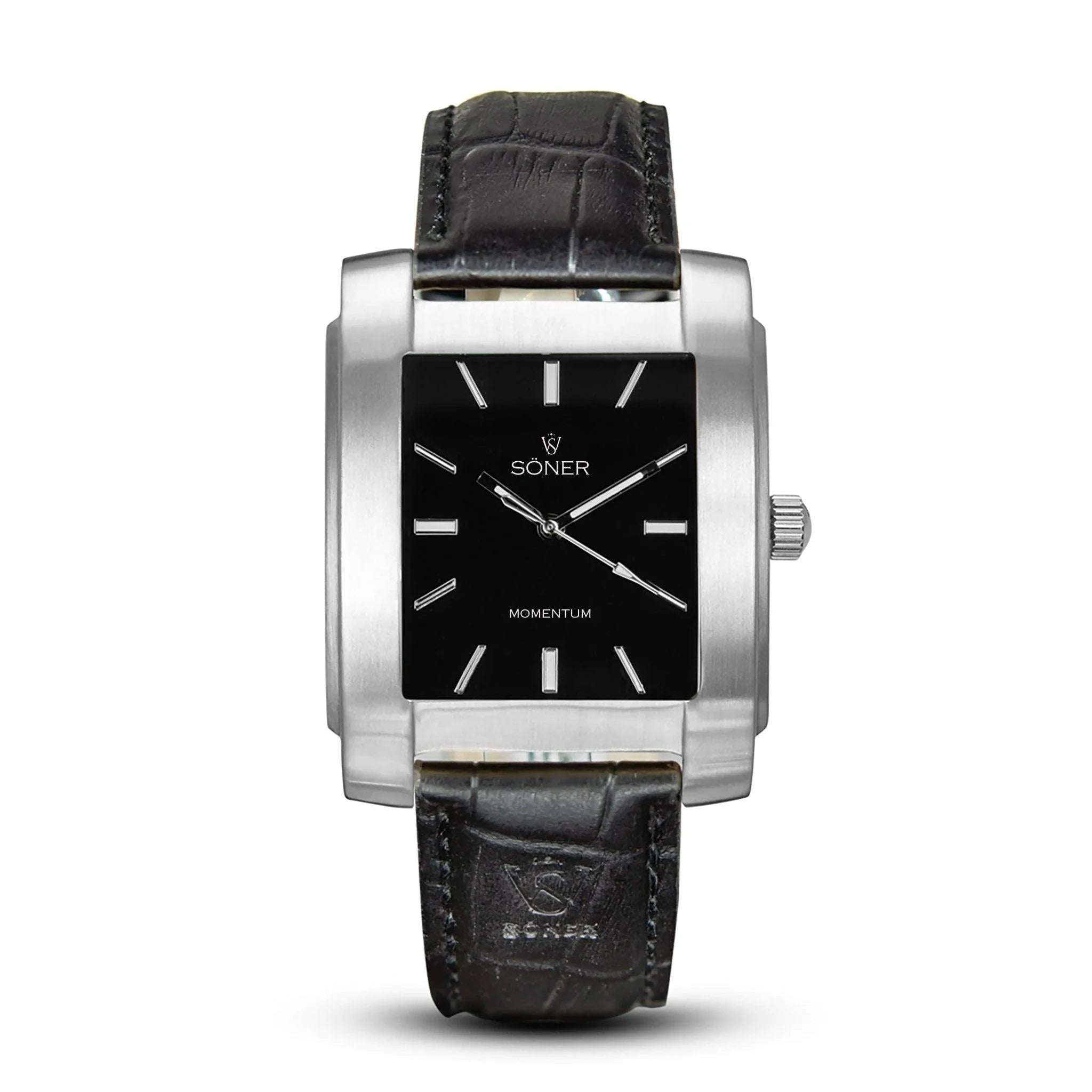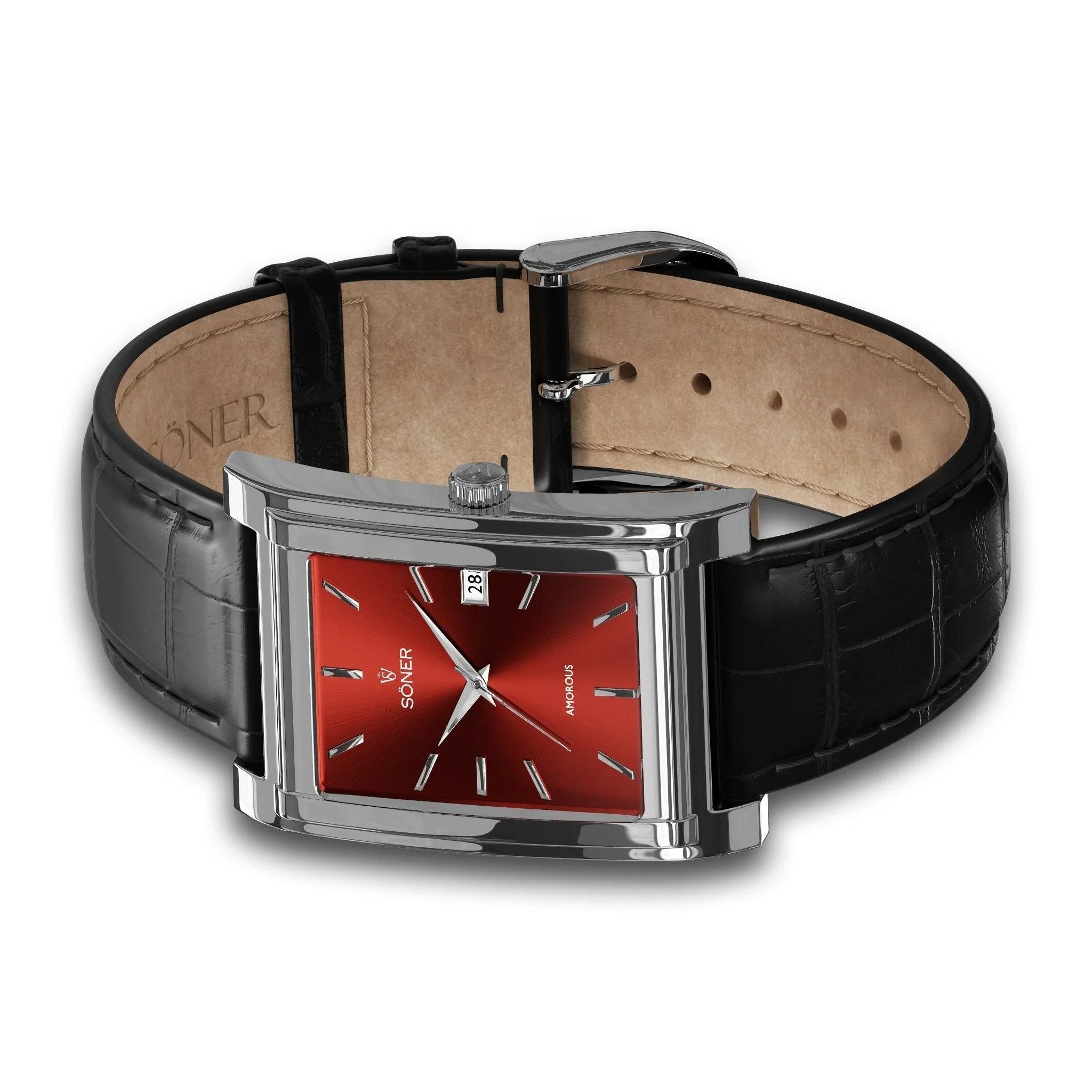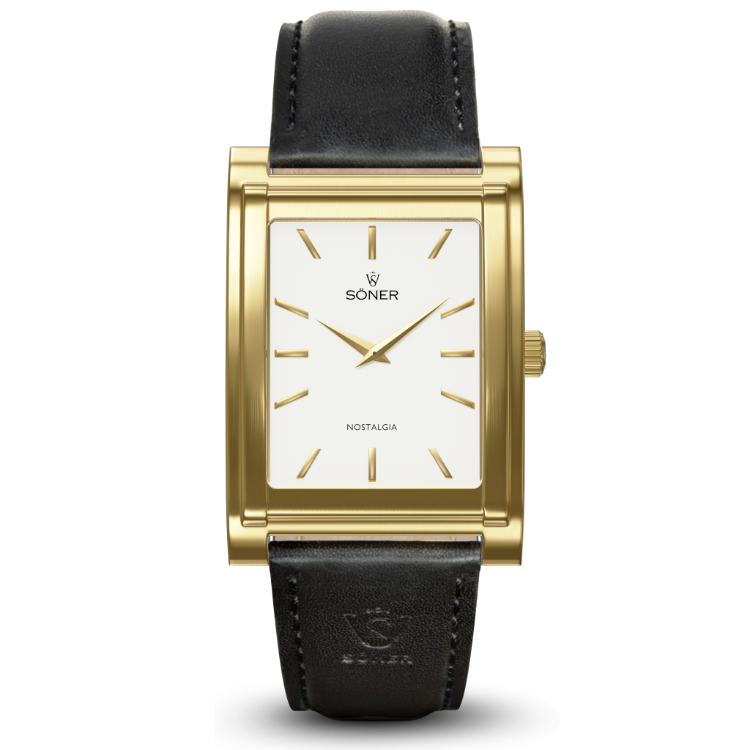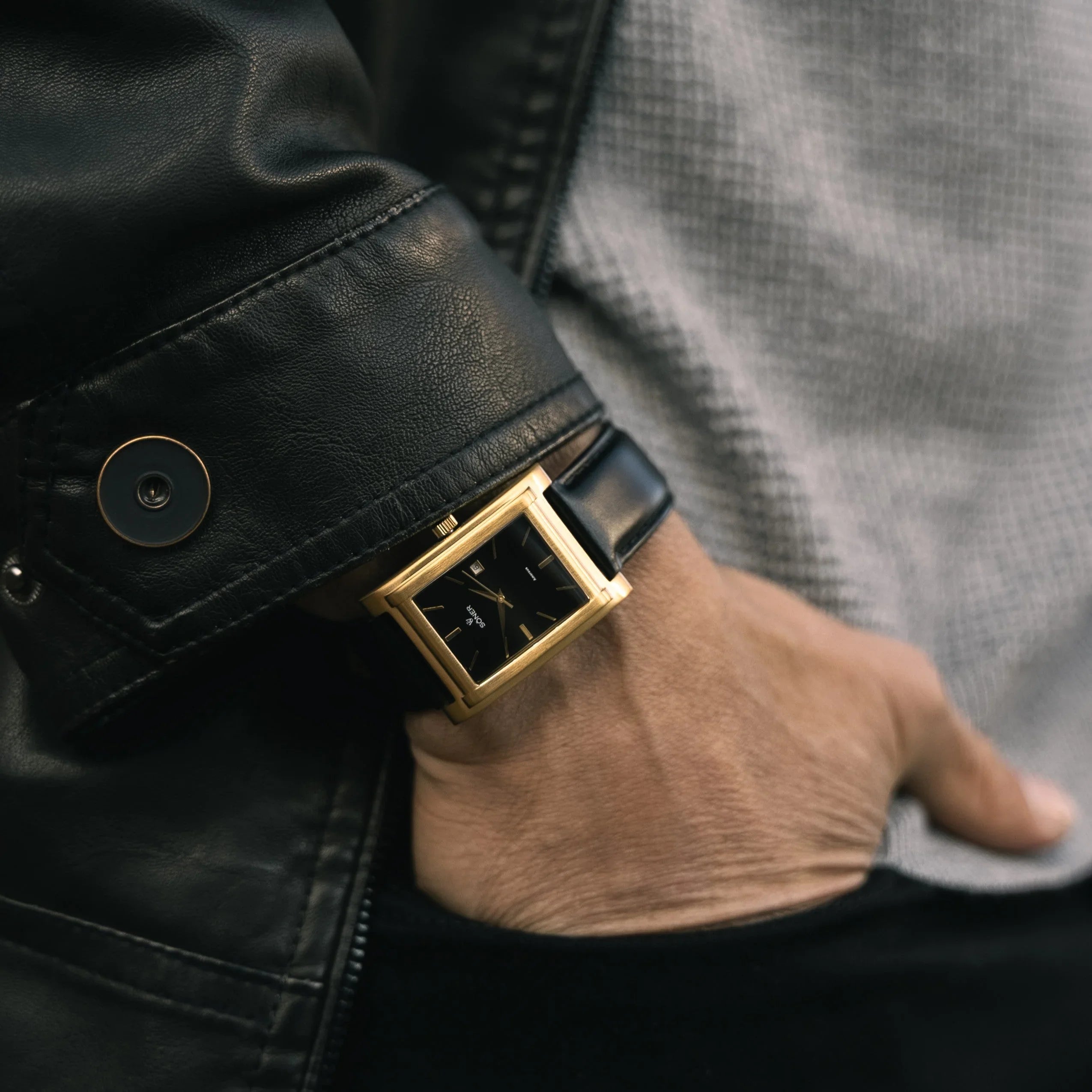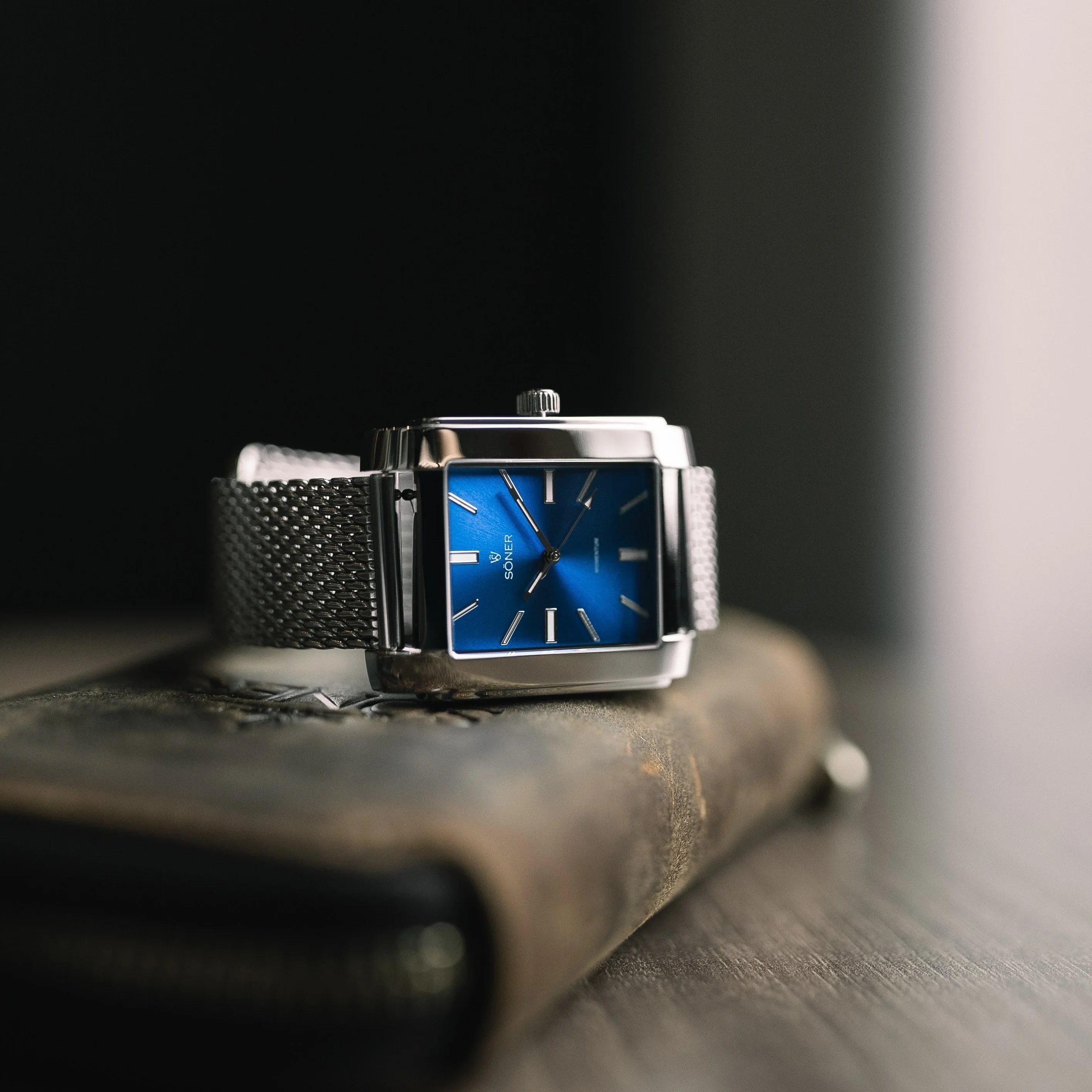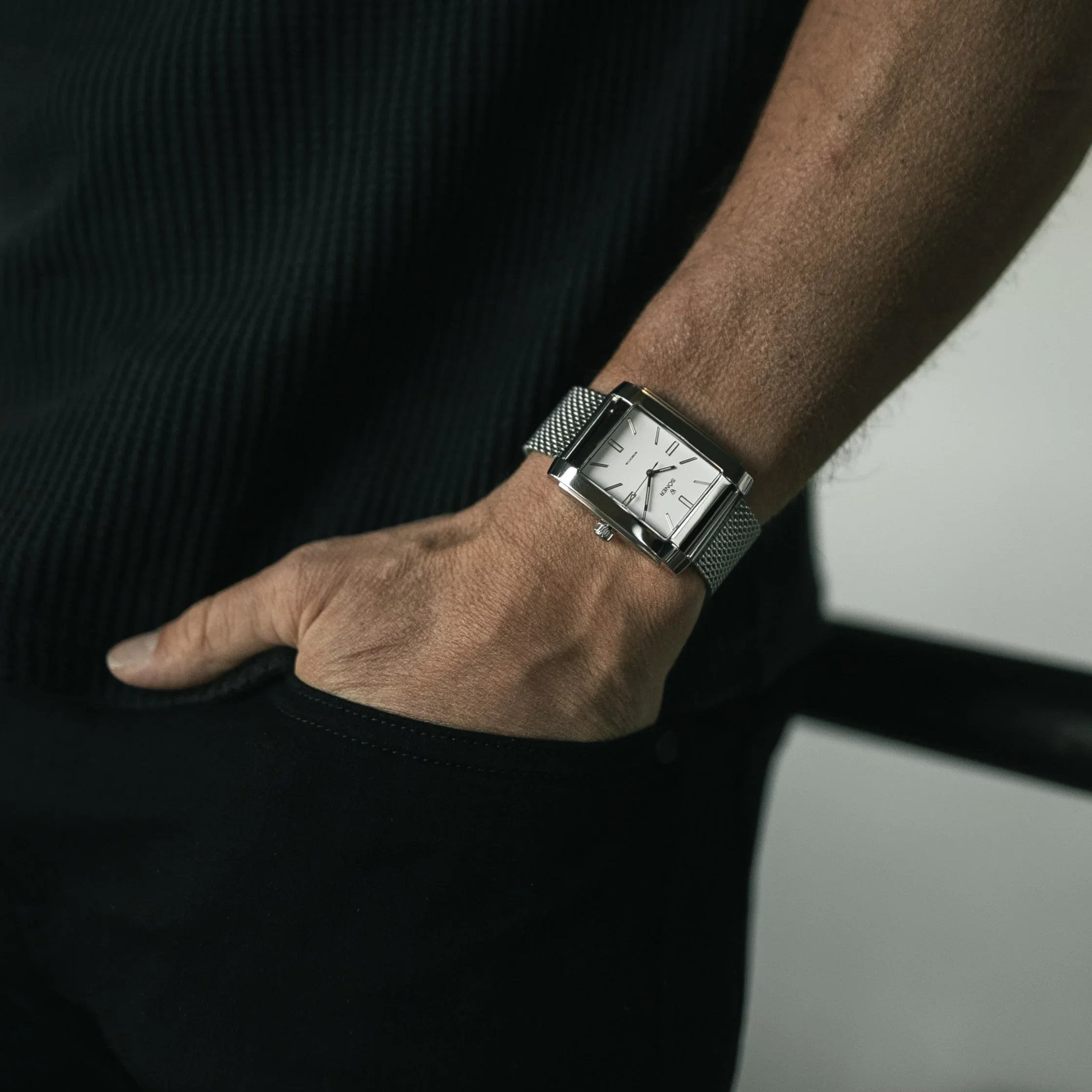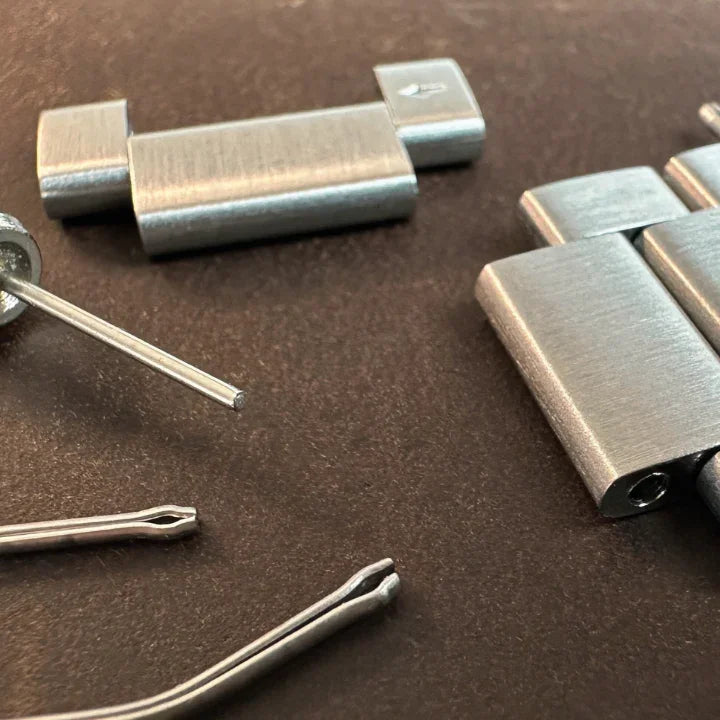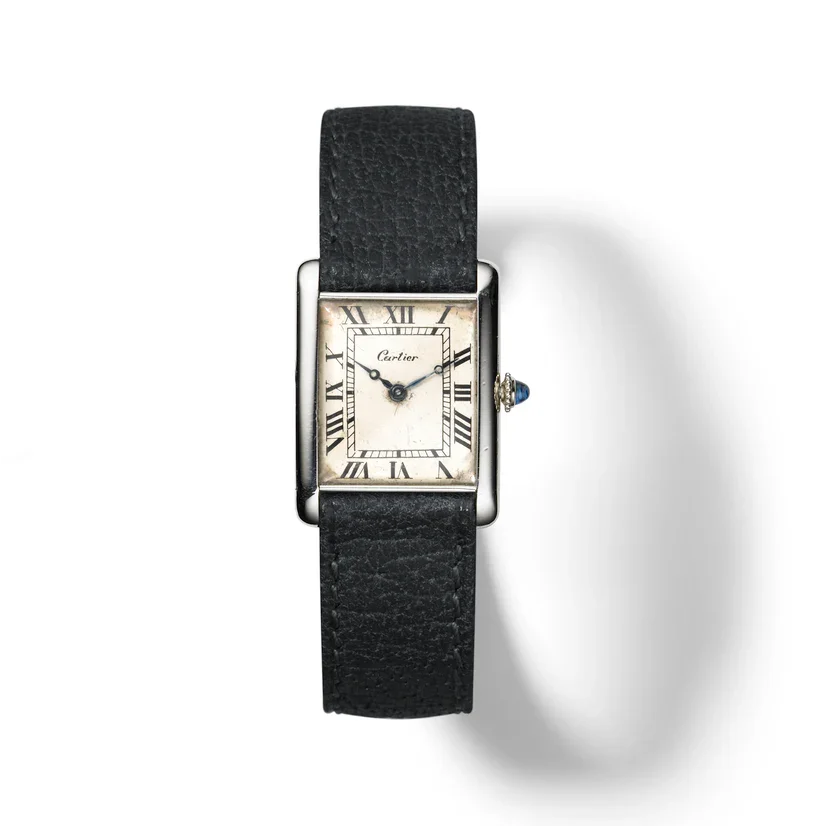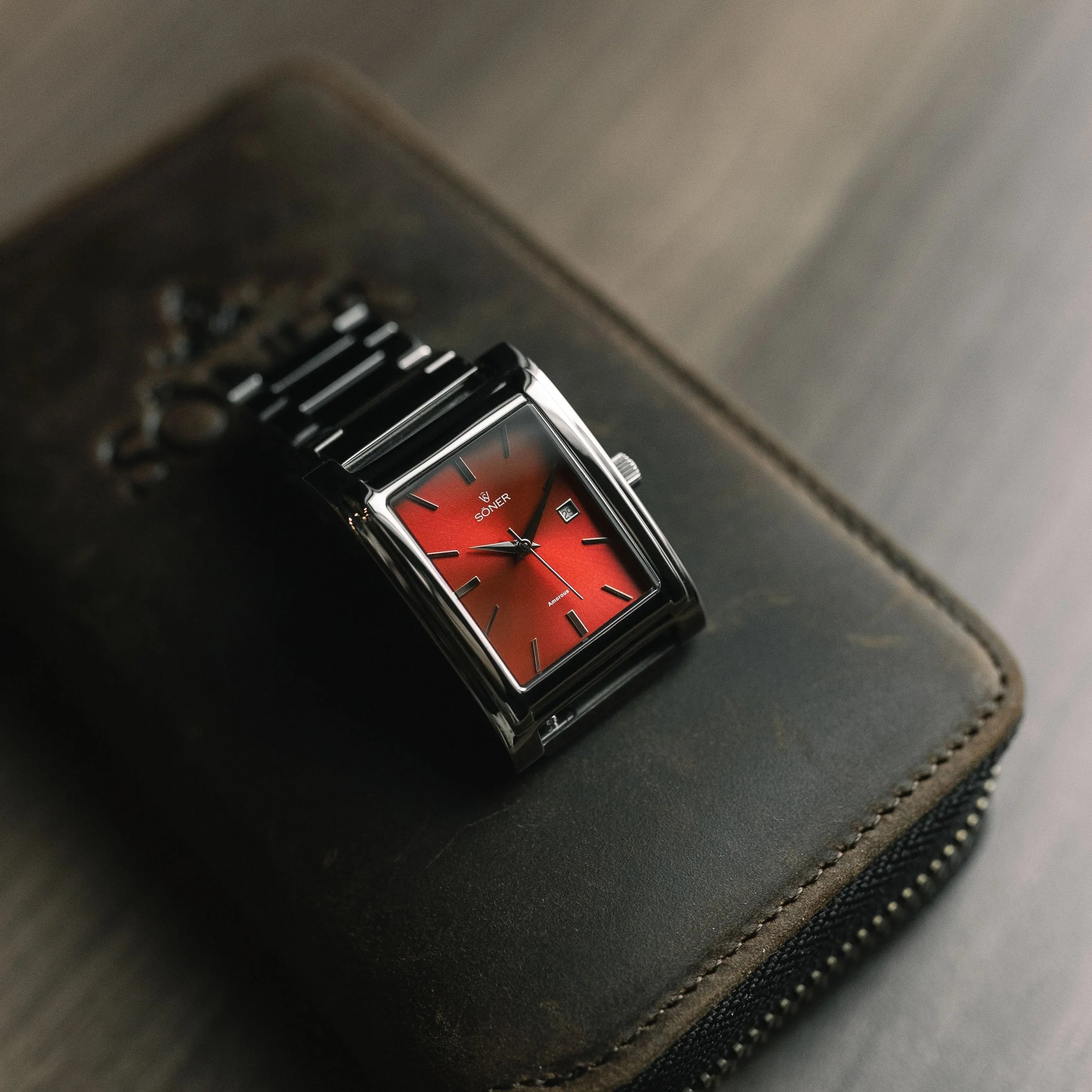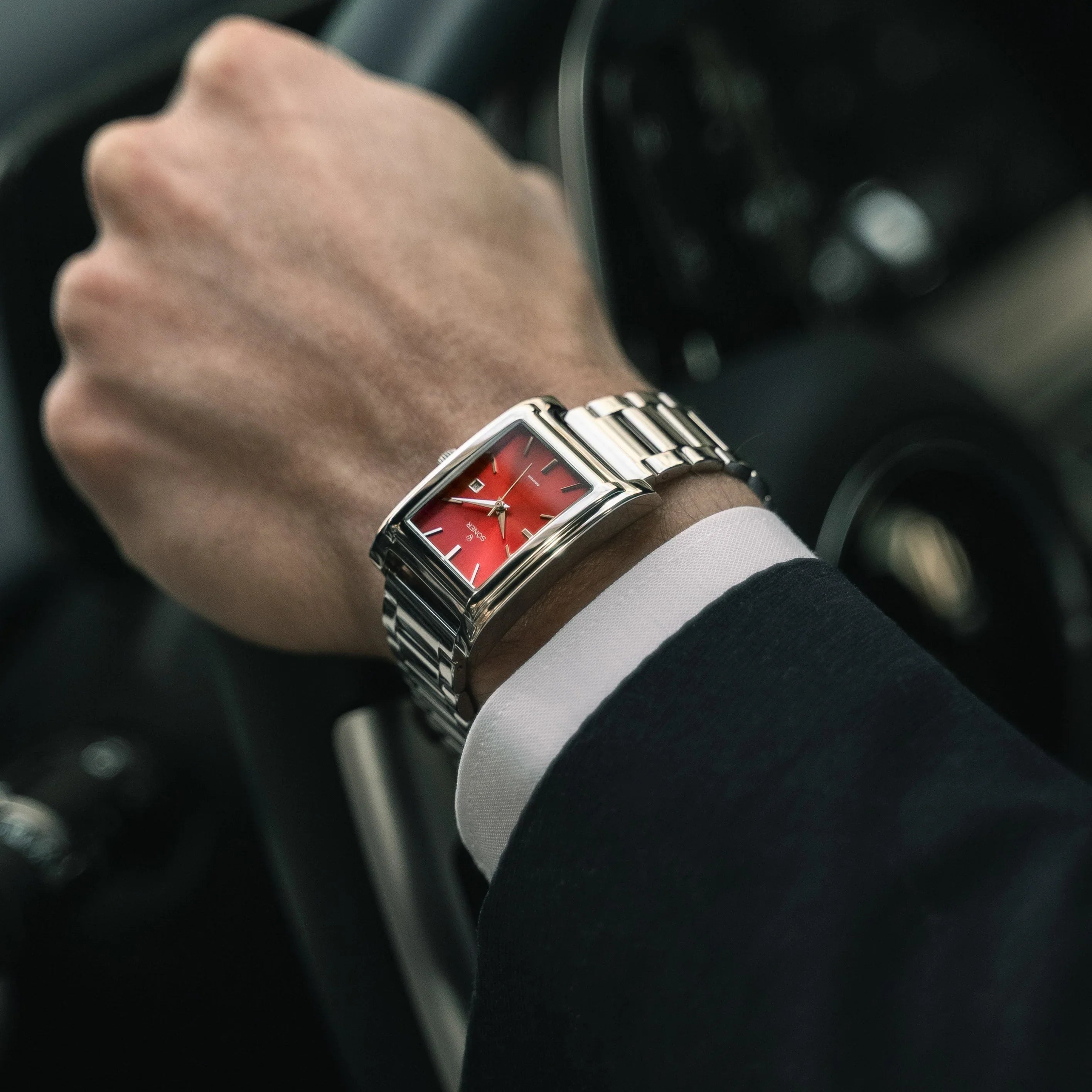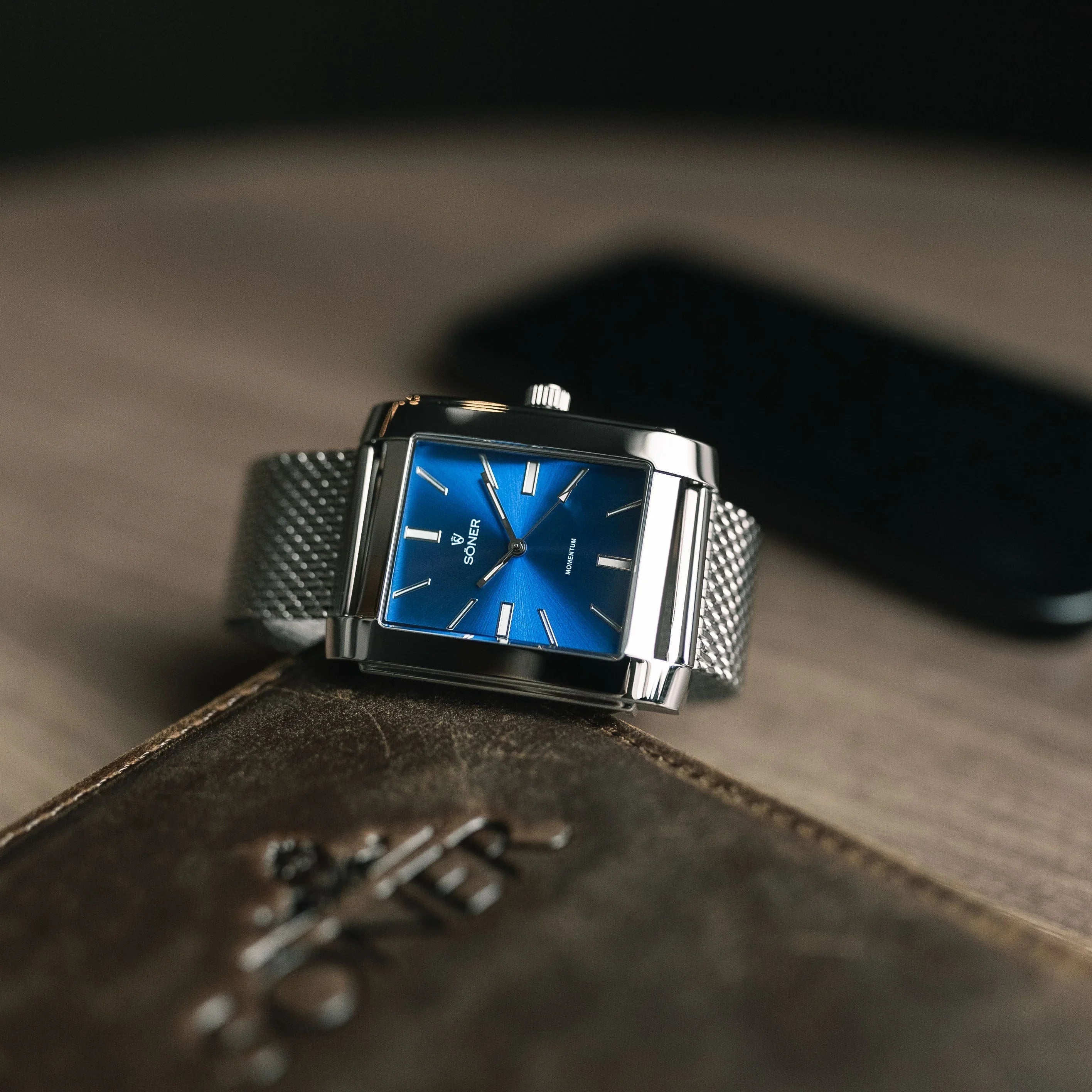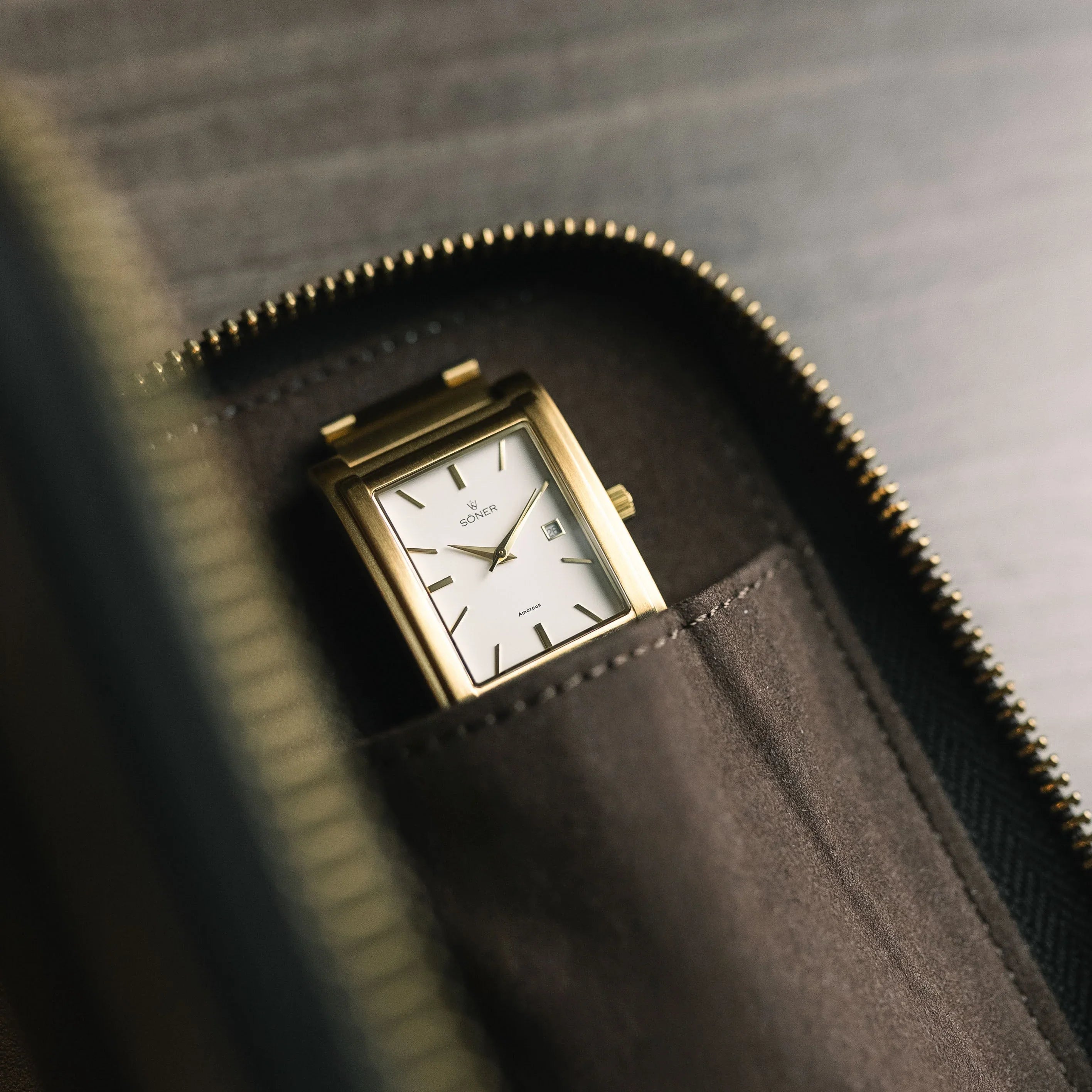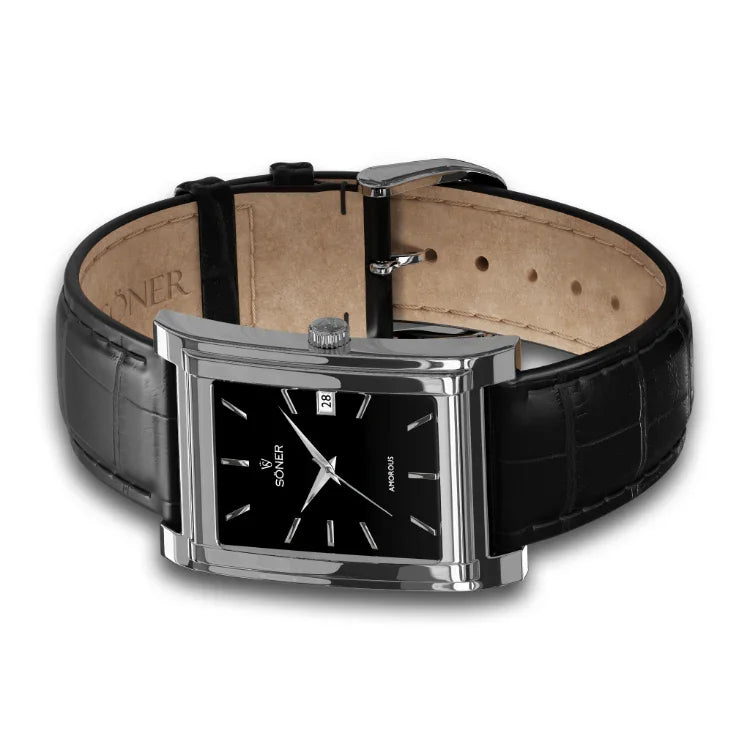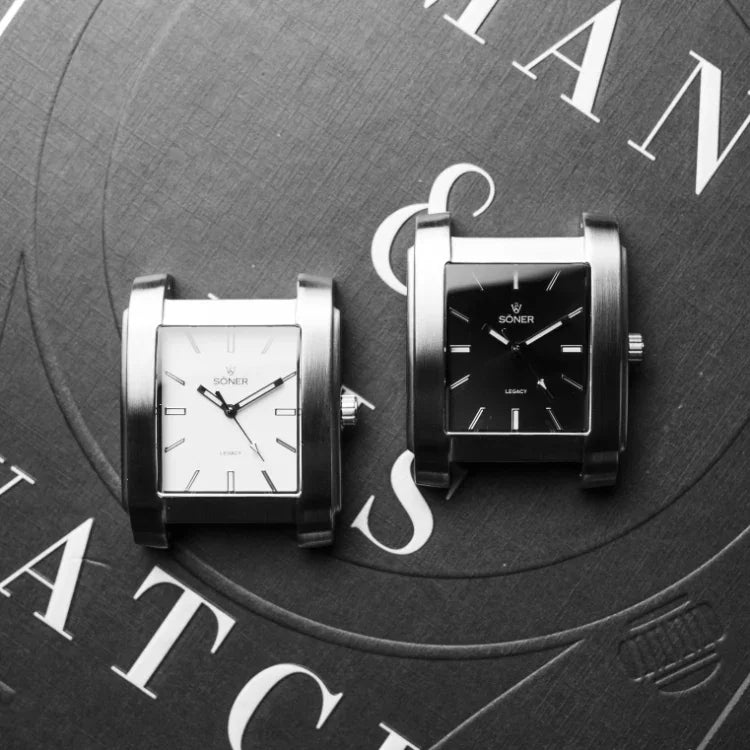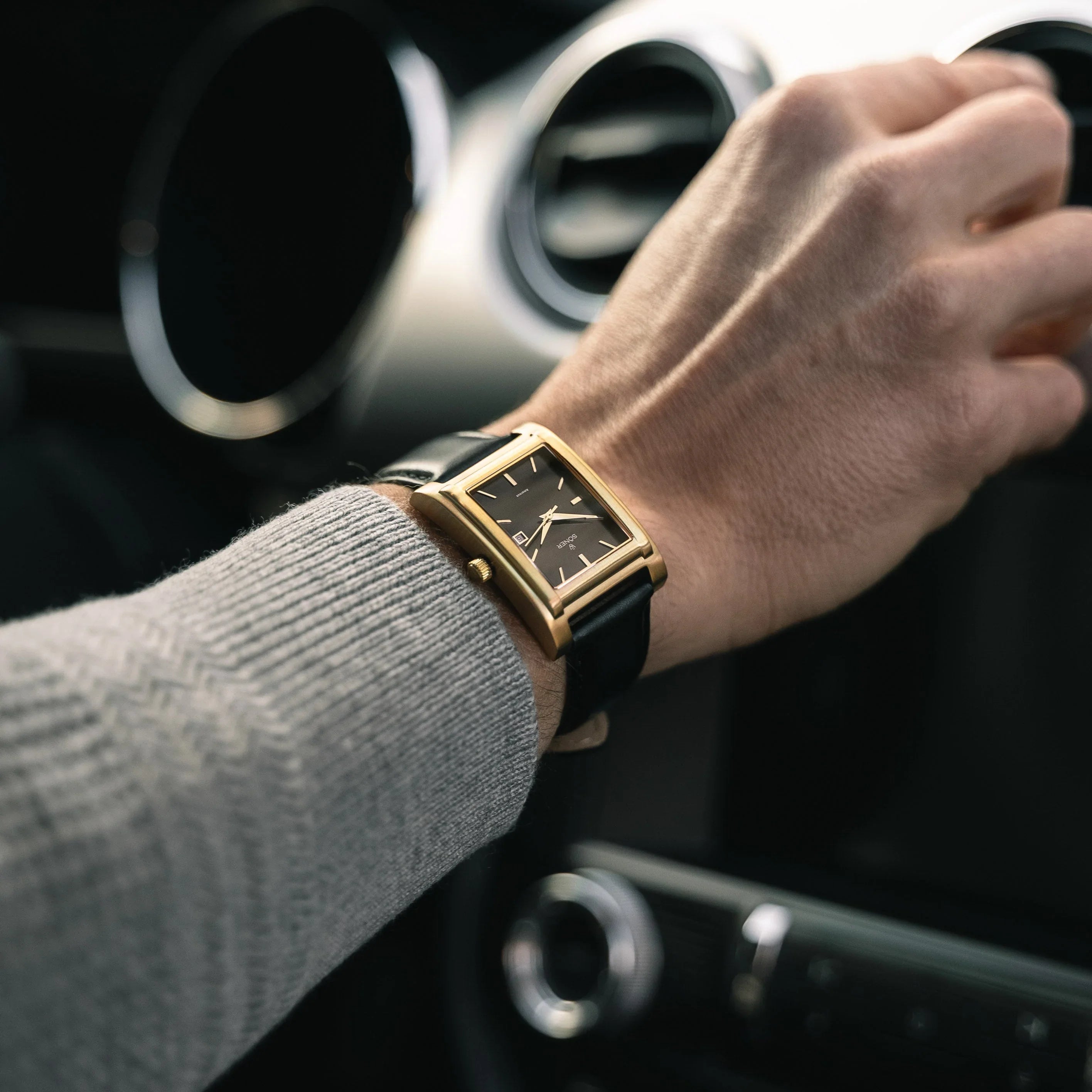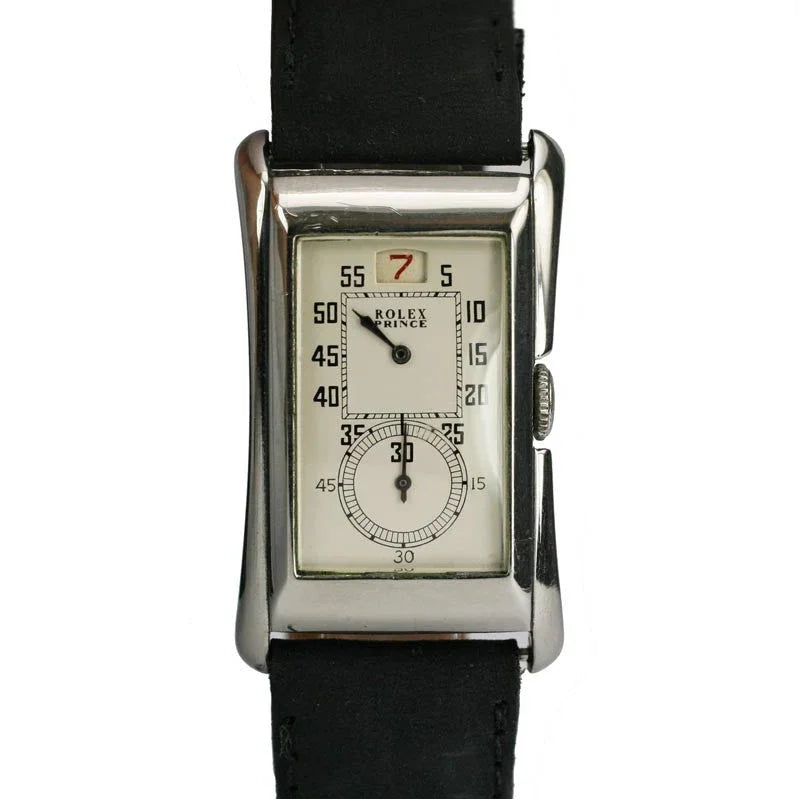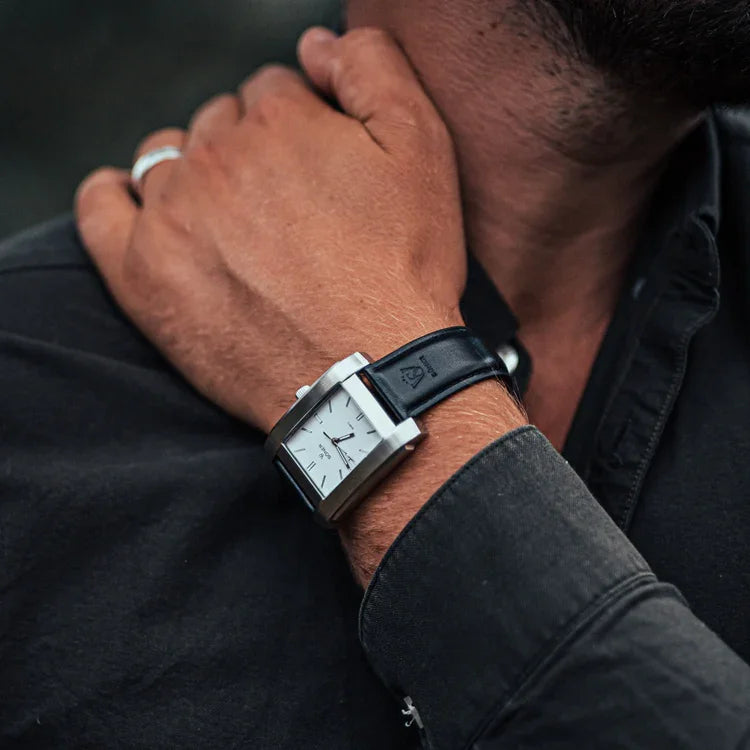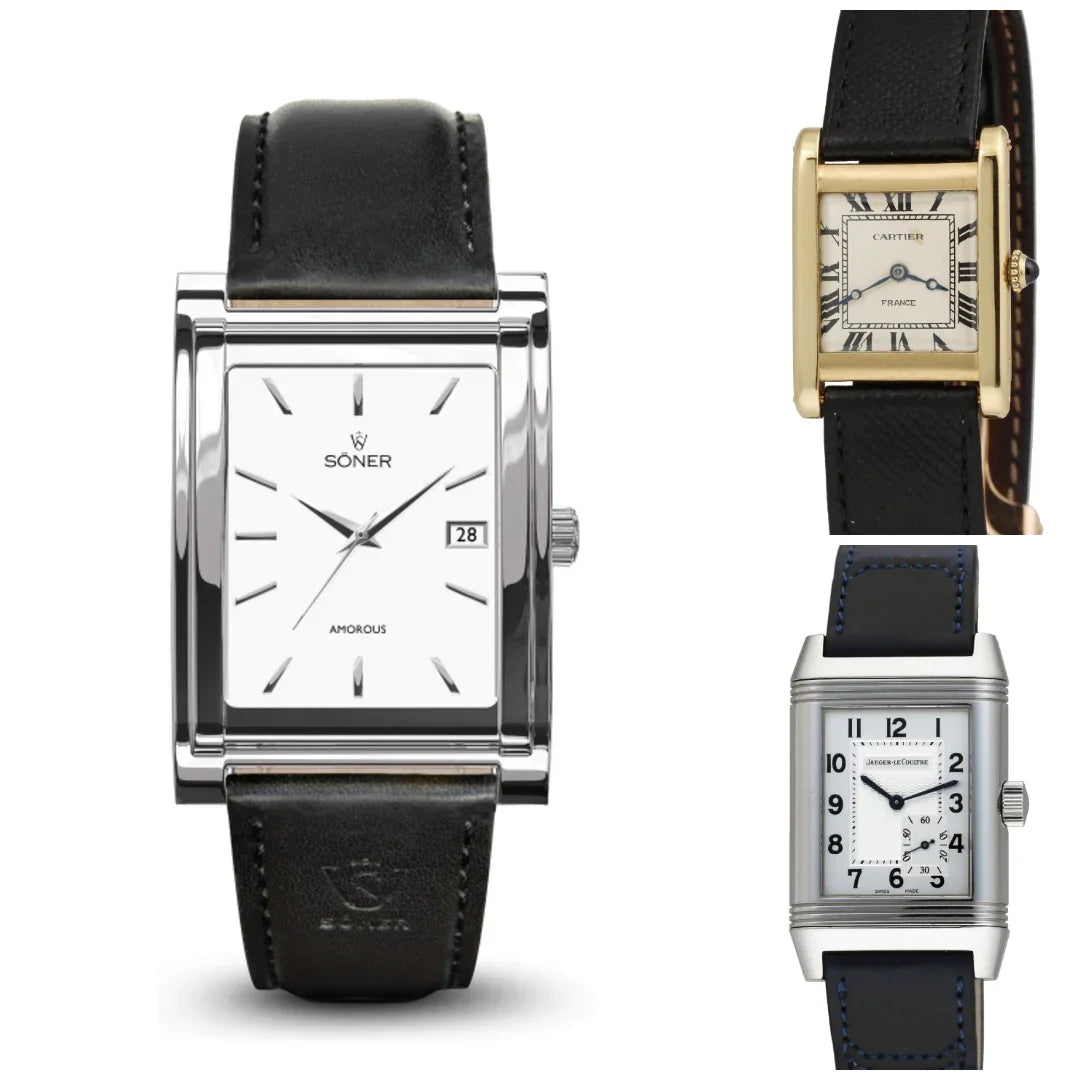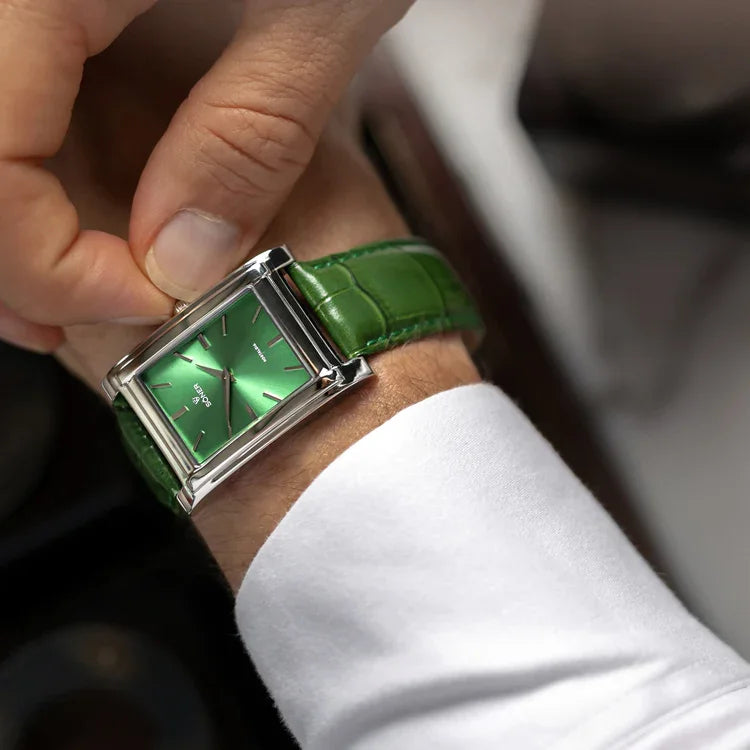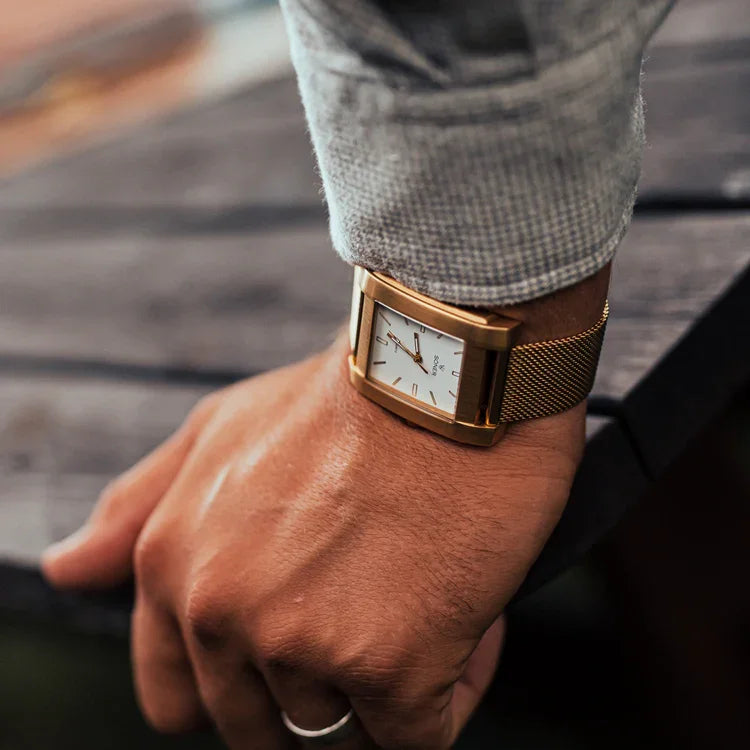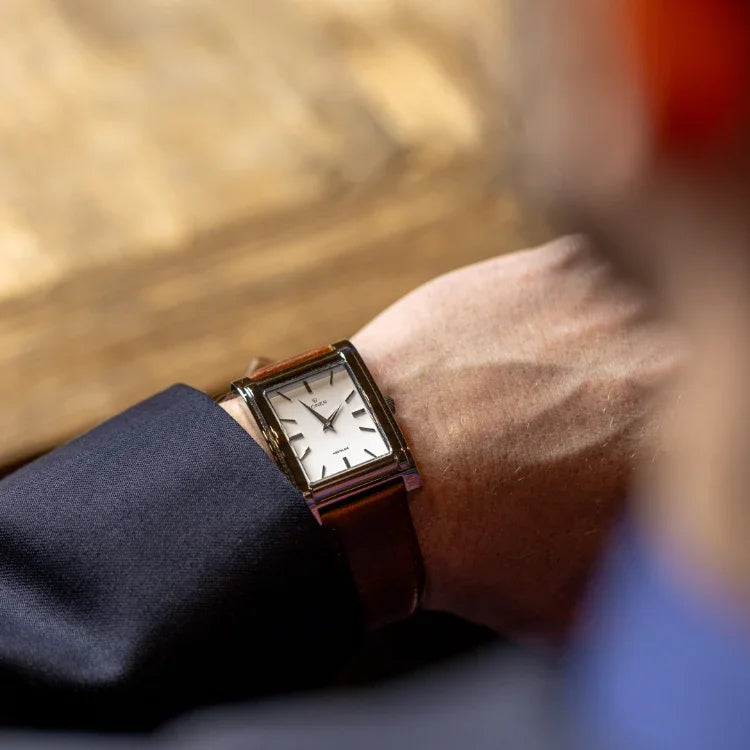Table of Contents
Uses of Gold in Watchmaking
Gold watches have long been synonymous with luxury, elegance, and timeless style. From the ancient times when gold was used to craft exquisite timepieces for royalty to today's high-tech gold alloys, this precious metal continues to captivate watch enthusiasts and collectors around the world. In this blog post, we will explore the different ways gold is used in the watch industry, highlighting the unique qualities and craftsmanship that make gold watches so desirable.

Solid Gold Watches
Solid gold watches are the pinnacle of luxury. These timepieces are crafted entirely from gold, including the case, bracelet, and other components. Solid gold watches are available in various karats, with 18k gold being the most common due to its balance of purity and durability.
- 18k Gold: Composed of 75% gold and 25% other metals such as copper and silver, 18k gold offers excellent resistance to tarnish and corrosion while maintaining a rich, warm hue.
- 14k Gold: With 58.3% gold content, 14k gold is more durable than 18k, making it suitable for everyday wear. It is less prone to scratching and denting while still retaining a beautiful golden appearance.

Gold-Plated Watches
Gold-plated watches offer the luxurious look of gold at a more affordable price point. In this process, a thin layer of gold is applied to a base metal, usually stainless steel, through electroplating. While gold-plated watches can be stunning, the gold layer can wear off over time, revealing the base metal underneath.
- Electroplating: This technique involves depositing a thin layer of gold onto the surface of the base metal using an electric current. The thickness of the gold layer can vary, with higher-quality gold plating offering more durability.
- Cost-Effective: Gold-plated watches are ideal for those who want the appearance of gold without the higher cost of solid gold timepieces.
Gold-Filled Watches
Gold-filled watches provide a thicker layer of gold than gold-plated watches, making them more durable and long-lasting. In this process, a layer of gold is mechanically bonded to a base metal. Gold-filled watches typically have a gold content of 5% or more by weight, offering a substantial gold presence at a lower cost than solid gold.
- Mechanical Bonding: The process involves bonding a thick layer of gold to the base metal using heat and pressure, resulting in a durable and long-lasting finish.
- Higher Durability: The thicker layer of gold makes gold-filled watches more resistant to wear and tarnish compared to gold-plated options.

Gold Alloys
Gold alloys are used to enhance the durability and color variations of gold watches. By combining gold with other metals, watchmakers can create unique shades and improve the metal's strength.
- Rose Gold: Created by adding copper to gold, rose gold has a warm, pinkish hue that has become increasingly popular in modern watch designs. The copper content also adds strength to the gold.
- White Gold: White gold is made by alloying gold with metals such as palladium or nickel, giving it a silvery appearance. White gold watches are often plated with rhodium for added shine and scratch resistance.
- Yellow Gold: Traditional yellow gold is alloyed with metals like copper and silver to maintain its classic golden hue while improving its durability.
Gold-Capped Watches
Gold-capped watches feature a thick layer of gold mechanically bonded to the surface of a base metal, typically stainless steel. This method provides the appearance and feel of a solid gold watch while offering enhanced durability and a more affordable price point.
- Enhanced Durability: The thick gold layer offers better resistance to wear compared to gold-plated watches.
- Luxurious Look: Gold-capped watches provide the rich appearance of solid gold, making them a popular choice for luxury watch enthusiasts.
The Craftsmanship of Gold Watches
The creation of gold watches involves meticulous craftsmanship and attention to detail. From the alloying process to the final polishing, each step requires precision and skill to ensure the highest quality and finish. Gold's malleability allows for intricate designs and embellishments, making it a favored material for high-end and bespoke timepieces.
Conclusion
Gold watches remain a symbol of elegance and luxury in the watch industry. Whether you prefer the timeless allure of solid gold, the cost-effective charm of gold plating, or the unique hues of gold alloys, there is a gold watch to suit every taste and occasion. At Söner Watches, we take pride in our craftsmanship and the exceptional quality of our gold timepieces. Explore our collection today and discover the perfect gold watch to elevate your style.


